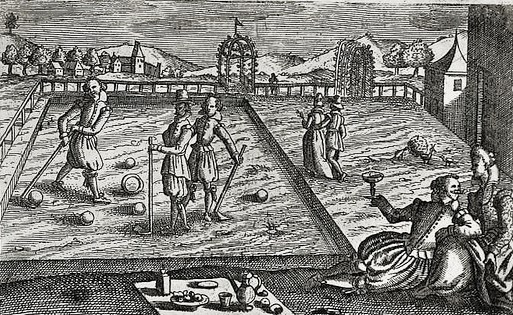The game of billiards has its origins in a 14th century lawn game played in Europe. Popular with royalty and the nobility, the game was similar in many ways to croquet. Players hit balls through a series of arches and around pegs with wooden sticks or “maces” of various shapes and sizes. The outdoor course led to a final target, whereupon players attempted to knock it over. Eventually, the pastime moved indoors and was played on a raised table, reducing the amount of time competitors spent hunched over. The table tops were covered in green felt to mimic the color and texture of the well groomed lawns of the outdoor version. Wooden sides were incorporated into the tables to prevent the balls from rolling on to the floor.
Nowadays, billiard tables come in a variety of coloured felt coverings. Shades of blue, camel, tan and grey are becoming more common. Billiard and pool enthusiasts will tell you that it is extremely difficult to play the game on a table with a brightly coloured surface, especially red felt. The colour is hard on the eyes and has been known to incite aggression and arguments amongst competitors, some times resulting in physical altercations. It seems only appropriate that the traditional green surface, with its calming affect, remains the favourite of amateurs and professionals alike.

